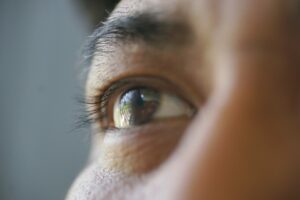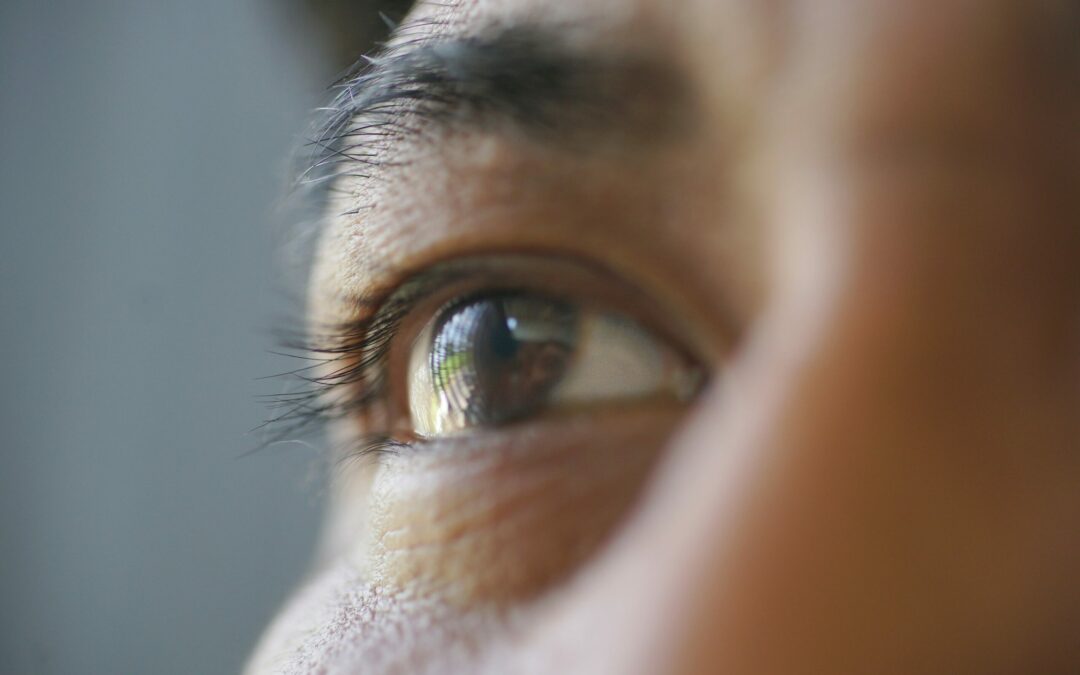New study opens doors of perception
Research has revealed a notable variation in the speed people ‘see’ moving images.
The study out of Trinity College in Dublin has found that some people perceive more information per second than others. To test this, researchers used a flashing light that increased in speed until it was perceived as a constant light.
For some participants, this happened at 35 blinks per second, while others were still seeing a flickering light at 60 blinks per second.
Likened to the refresh rate on a computer monitor, our rate of perception is known as temporal resolution. The fact that this can vary hugely means we could all be receiving visual signals at different speeds. This could also explain differences in perception reported between those who have the same experiences.
Little is known yet about what causes this wide variety in perception. However, while it could be nothing more than the luck of the genetic draw, this discovery could have considerable implications for human capabilities. This is especially true in the realm of sport, or in situations where high speed reaction is required, such as hunting and video gaming.

While we may feel that we all see the world differently due to our upbringing and environment, it could be that our temporal resolution rate adds to this, causing even greater variations in subjectivity.
For Dr Logan Robinson, the study highlights that there is great range of temporal resolution, even in people with ‘normal vision’.
“It shows that vision is a very subjective and individualised experience,” says the Southern Eye ophthalmologist. “It may be that the range in temporal resolution would be even greater in patients with eye conditions that reduce vision, such as macular degeneration, and may explain some of the symptoms and visual issues associated with these conditions.”
